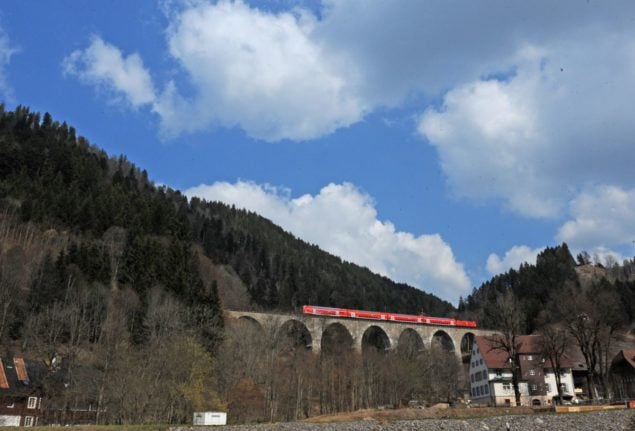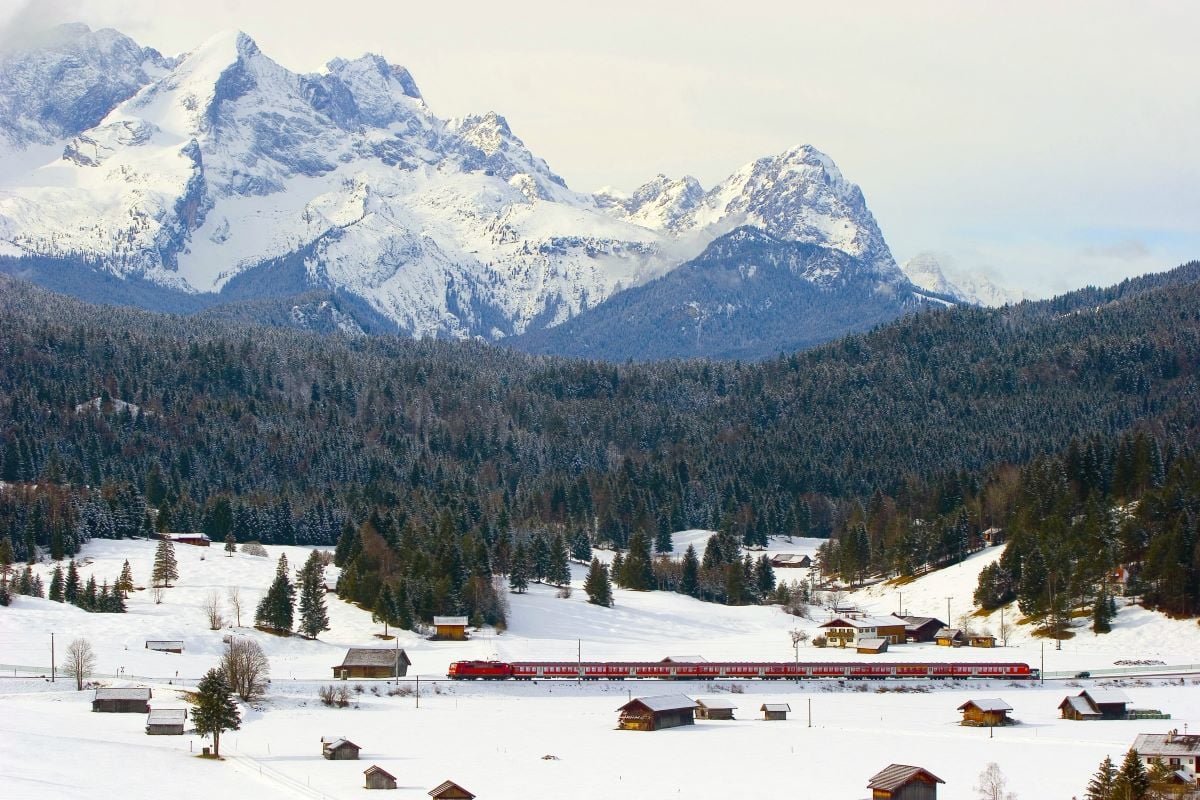Since Brexit was finalised in 2021, Brits have been asked to swap their driving licences for a German one – and the process has generally been smooth.
If you’re thinking of transporting goods from the UK to Europe next year however, you should be aware that yet another change is on the horizon for drivers – and it concerns vans or car trailers.
READ ALSO: Reader question: Can I drive in Germany with my UK licence?
What
From next year, an international goods vehicle operator licence will be required for people based in the UK who want to bring a van over to the EU or Schengen zone.
It costs £257 (€301) to apply for a goods vehicle operator licence plus an extra £401 (€470) for the licence. It needs to be renewed every five years at a further cost of £401.
When
The change comes into force in May 21st, 2022.
Who
The changes do not affect everyone and depend first of all on the size of your van or trailer and secondly on the reason for your trip.
The rules apply to;
- vans with a maximum authorised mass (MAM) over 2,500kg (2.5 tonnes) and up to and including 3,500kg (3.5 tonnes)
- vans towing a trailer with a gross train weight (GTW) over 2.5 tonnes and up to and including 3.5 tonnes
- cars towing a trailer with a GTW over 2.5 tonnes and up to and including 3.5 tonnes
The smallest Ford Transit-type vans are generally less than 2.5 tonnes MAM, but a long-wheel base van is likely to be covered by this regulation.
Then there is the purpose of your trip.
The licence is not required if you are “transporting goods on a non-commercial basis (not for ‘hire or reward’)”, the UK government website states.
So if for example you have loaded up your own van to bring furniture over to your house in Germany, then the licence is not required because you are not being paid for this service – although you may have to pay duty on the items you bring in – click here for more details.
But the regulation will cover removal firms or couriers – so if you are using any of these services to transport goods to Germany, expect prices to increase to cover the operator’s costs.
The regulations apply only to those based in the UK, so if you want to take a van over from Germany to the UK then there is no need for the extra licence.
Find full details of the changes on the UK government’s page HERE.
READ ALSO: How do rules for exchanging UK driving licences compare for Brits around Europe?





 Please whitelist us to continue reading.
Please whitelist us to continue reading.
Member comments